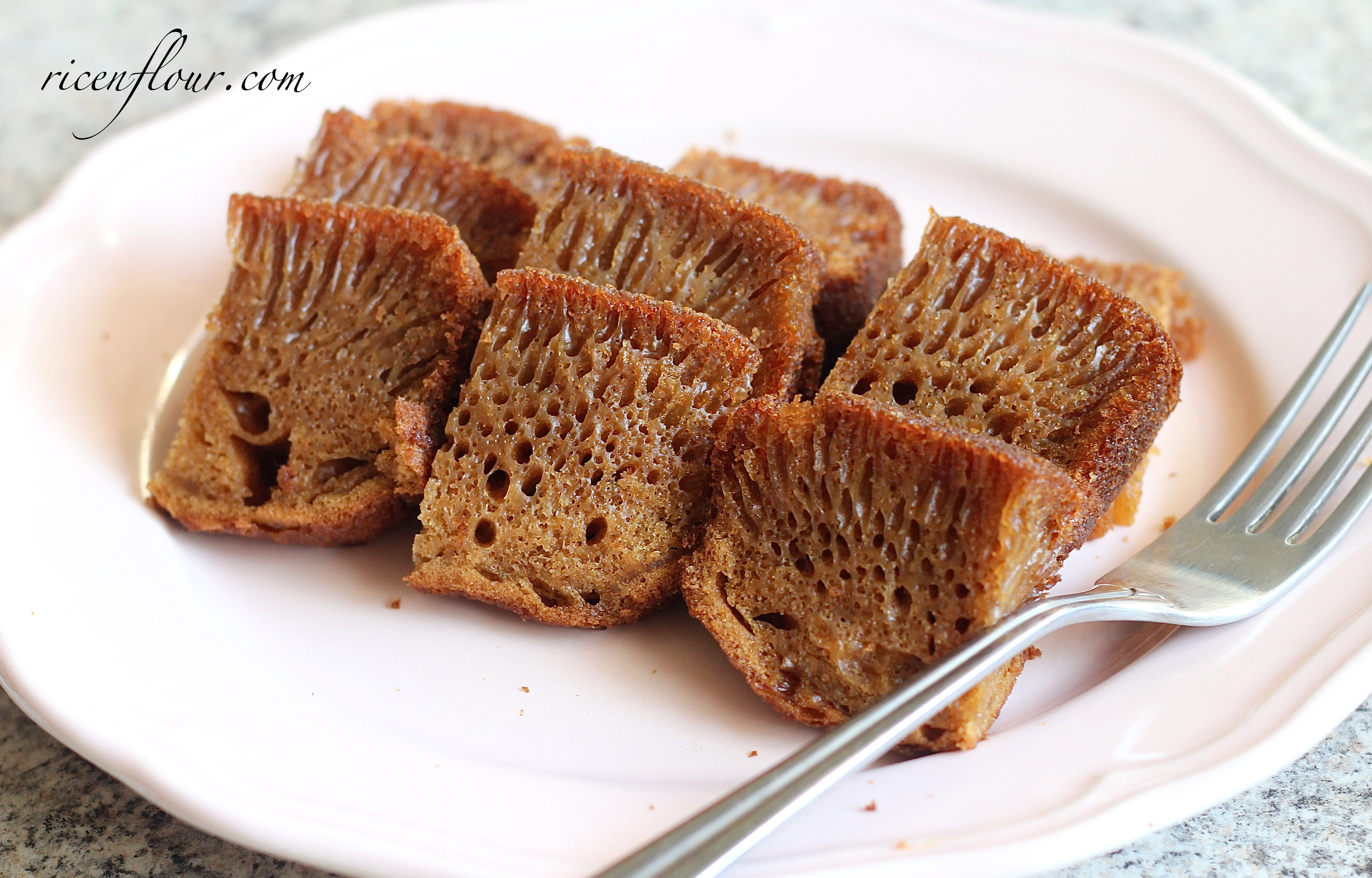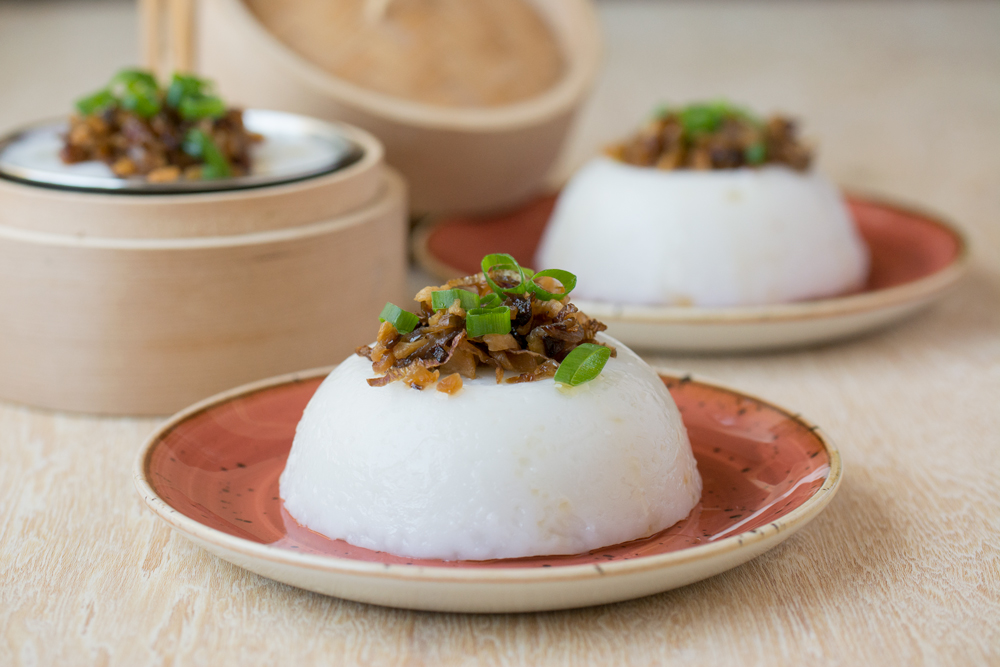Malaysian steamed rice cakes, a beloved delicacy in Southeast Asia, are a testament to the country’s rich culinary heritage. These delectable treats, often referred to as “kuih” or “nyonya kuih,” are not only a staple in traditional Malay festivities but also a popular street food enjoyed by locals and tourists alike.
Their soft, chewy texture, vibrant colors, and tantalizing fillings make them a perfect snack or dessert. This recipe guide will take you through the steps of creating these delightful treats, exploring their variations and providing tips for a perfect presentation.
Ingredients
Malaysian steamed rice cake recipes typically call for a combination of basic ingredients, including:
Glutinous rice flour forms the primary base of the cake, providing a sticky and chewy texture. It is essential to use fine-grade flour for a smoother texture.
Types of Glutinous Rice Flour
- White glutinous rice flour: Made from white glutinous rice, it produces a light-colored cake with a neutral flavor.
- Black glutinous rice flour: Derived from black glutinous rice, it imparts a darker color and a slightly nutty flavor to the cake.
- Purple glutinous rice flour: Made from purple glutinous rice, it gives the cake a vibrant purple hue and a slightly sweet flavor.
Coconut milk adds richness and flavor to the cake. It is recommended to use fresh coconut milk for the best results.
Sugar provides sweetness and helps balance the flavors of the cake. You can adjust the amount of sugar according to your preference.
Preparation
The preparation of Malaysian steamed rice cake batter involves several key steps:
1. Soaking
The rice grains are soaked in water for several hours to soften them. This process helps to break down the starch and make the grains more pliable.
2. Grinding
The soaked rice grains are then ground into a fine paste using a blender or food processor. The consistency of the paste should be smooth and free of lumps.
3. Mixing
The rice paste is then mixed with sugar, salt, and other ingredients to form the batter. The batter should be thick and slightly sticky, but not too thick or thin.
4. Steaming
The batter is then poured into a greased steamer and steamed over medium heat for 45-60 minutes, or until the cake is cooked through. The cake is done when a toothpick inserted into the center comes out clean.
Steaming

Steaming is a crucial step in the preparation of Malaysian steamed rice cakes. This method ensures that the rice cakes are cooked evenly and retain their delicate texture.
Methods and Equipment
Malaysian steamed rice cakes are typically steamed using a traditional bamboo steamer or a modern electric steamer. Bamboo steamers are made from woven bamboo strips and are placed over a pot of boiling water. The steam rises through the bamboo and cooks the rice cakes from all sides.
Electric steamers have a built-in heating element and water reservoir, making them convenient and easy to use.
Optimal Steaming Time and Temperature
The optimal steaming time and temperature for Malaysian steamed rice cakes vary depending on the size and thickness of the cakes. As a general guideline, small rice cakes should be steamed for 15-20 minutes, while larger cakes may require 25-30 minutes.
The water in the steamer should be kept at a rolling boil to ensure that the rice cakes cook evenly.
Preventing Sticking
To prevent the rice cakes from sticking to the steamer, it is important to grease the steamer basket lightly with oil before placing the rice cakes inside. Additionally, it is helpful to line the steamer basket with parchment paper or banana leaves to create a non-stick surface.
Variations
Malaysian steamed rice cakes come in a delightful array of regional specialties, each with its unique flavors, textures, and ingredients.
Variations range from the classic Nyonya Kuih Lapis, with its vibrant layers of colored rice flour, to the savory Kuih Talam Keladi, made with steamed grated taro and coconut milk.
Kuih Serimuka
Kuih Serimuka, originating from Malacca, is a fragrant rice cake infused with the aromatic pandan leaf. Its vibrant green hue and fluffy texture make it a popular choice for festive occasions.
Presentation
The presentation of Malaysian steamed rice cakes has evolved over time, embracing both traditional and modern styles. Traditionally, these cakes were served on simple plates or bowls, adorned with minimal garnishes.
Today, there is a greater emphasis on creative plating and presentation. Chefs use a variety of techniques to enhance the visual appeal of their rice cakes, including garnishing with fresh herbs, colorful sauces, and edible flowers.
Garnishes
- Fresh cilantro
- Scallions
- Sesame seeds
- Crispy shallots
- Edible flowers
Sauces
- Sweet soy sauce
- Hoisin sauce
- Chili garlic sauce
- Sambal
- Peanut sauce
Accompaniments
- Steamed chicken
- Stir-fried vegetables
- Pickled cucumbers
- Fried tofu
- Hard-boiled eggs
By incorporating these elements into their presentation, chefs create visually stunning rice cakes that tantalize both the eyes and the taste buds.
Summary

Malaysian steamed rice cakes are a culinary treasure that embodies the country’s vibrant flavors and cultural diversity. Whether enjoyed as a traditional delicacy or a modern fusion creation, these sweet treats continue to captivate taste buds and create lasting memories.
So, gather your ingredients, embrace the culinary journey, and savor the delightful experience of making and indulging in these delectable rice cakes.
Answers to Common Questions
What is the key ingredient in Malaysian steamed rice cakes?
Glutinous rice flour is the primary ingredient, giving the cakes their signature chewy texture.
How long should I steam the rice cakes for?
Steaming time varies depending on the size of the cakes, but typically ranges from 15 to 25 minutes.
Can I use other types of flour instead of glutinous rice flour?
Substituting other flours will alter the texture of the cakes. For an authentic experience, glutinous rice flour is highly recommended.
What are some popular fillings for Malaysian steamed rice cakes?
Common fillings include grated coconut, red bean paste, and pandan custard.
How can I prevent the rice cakes from sticking to the steamer?
Lightly greasing the steamer with oil or lining it with banana leaves will prevent sticking.
